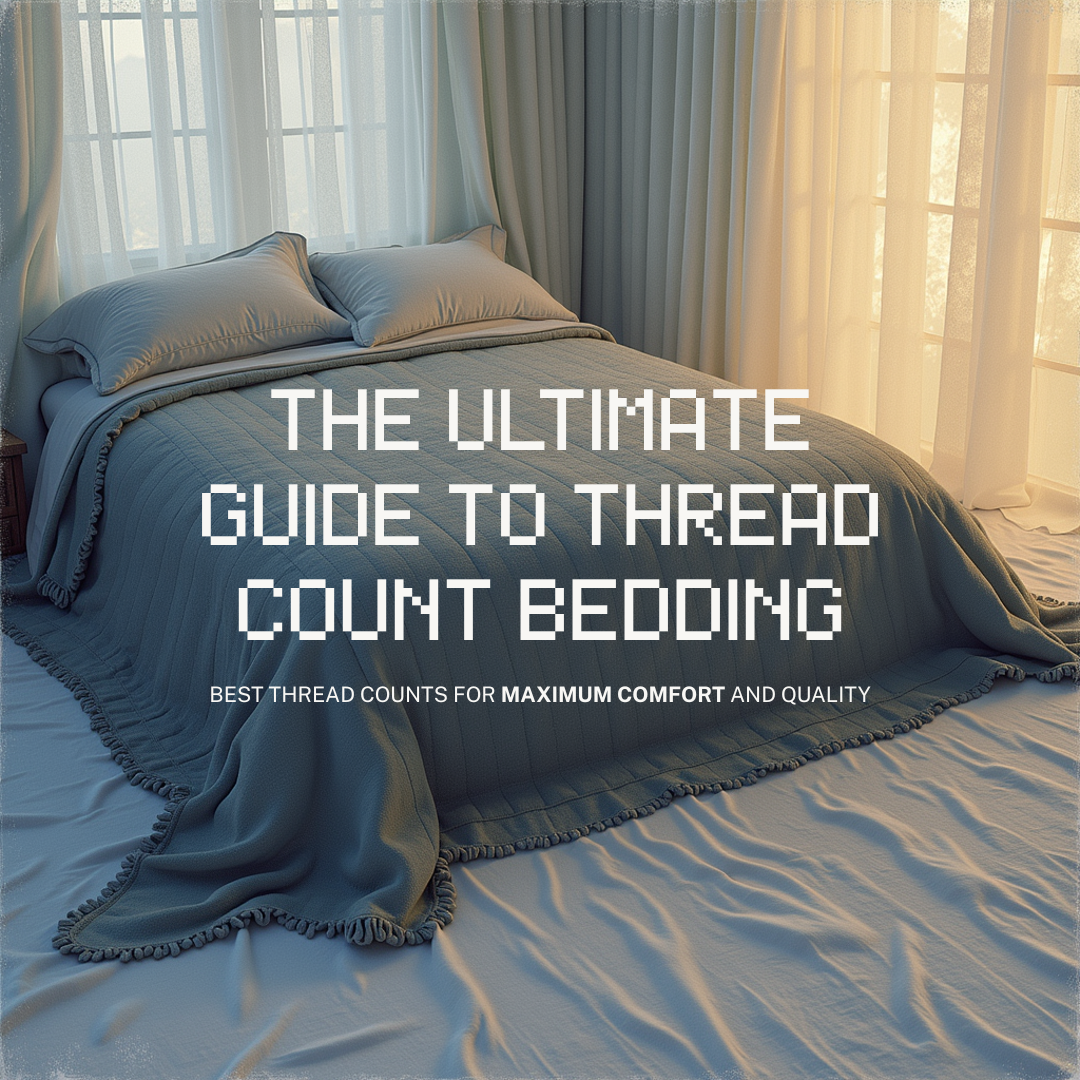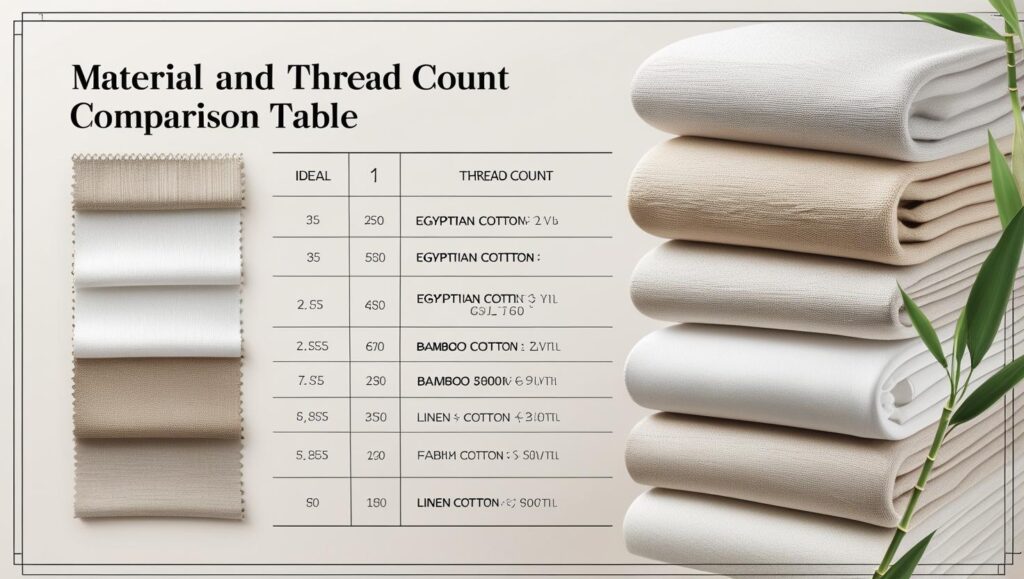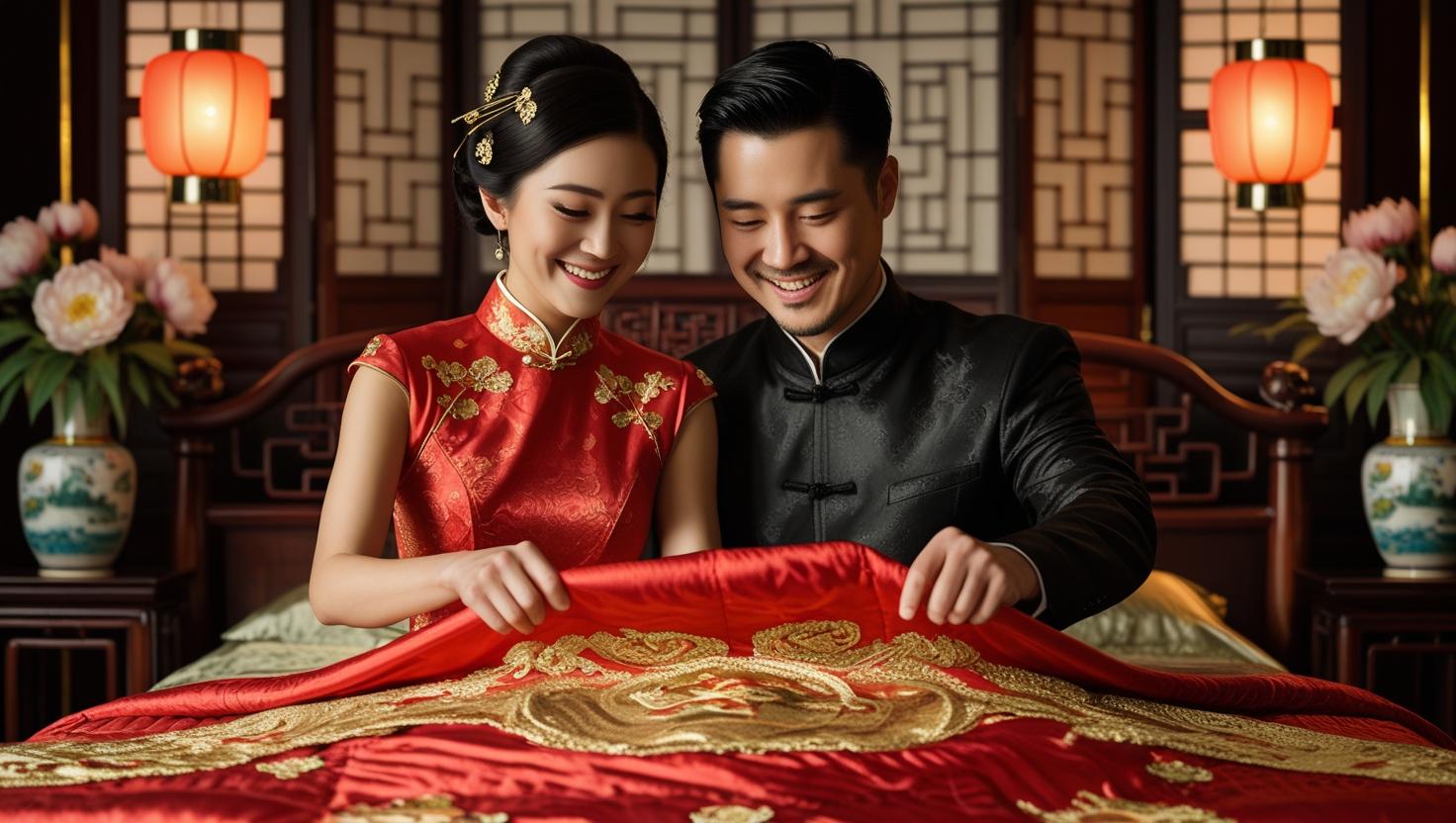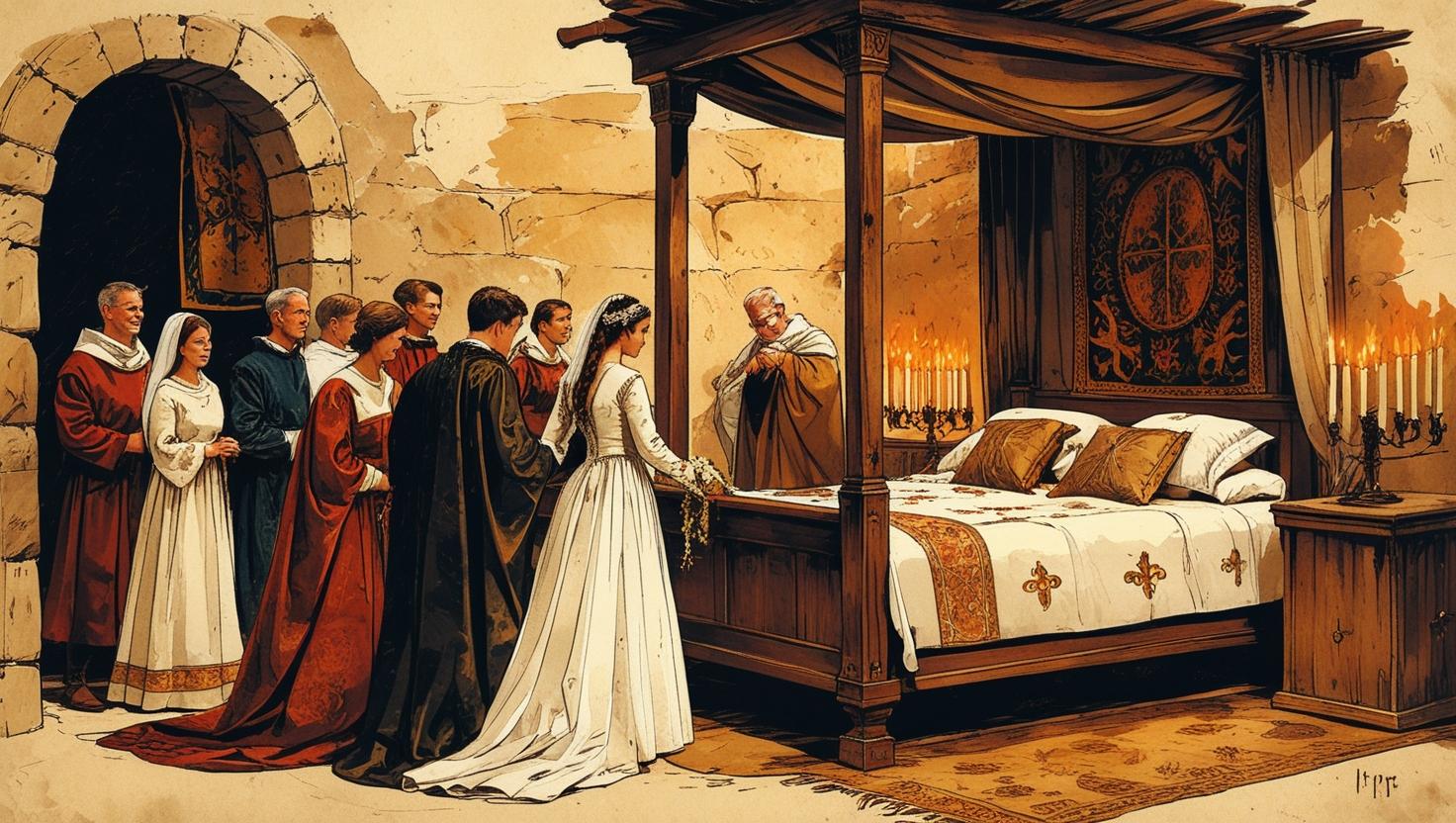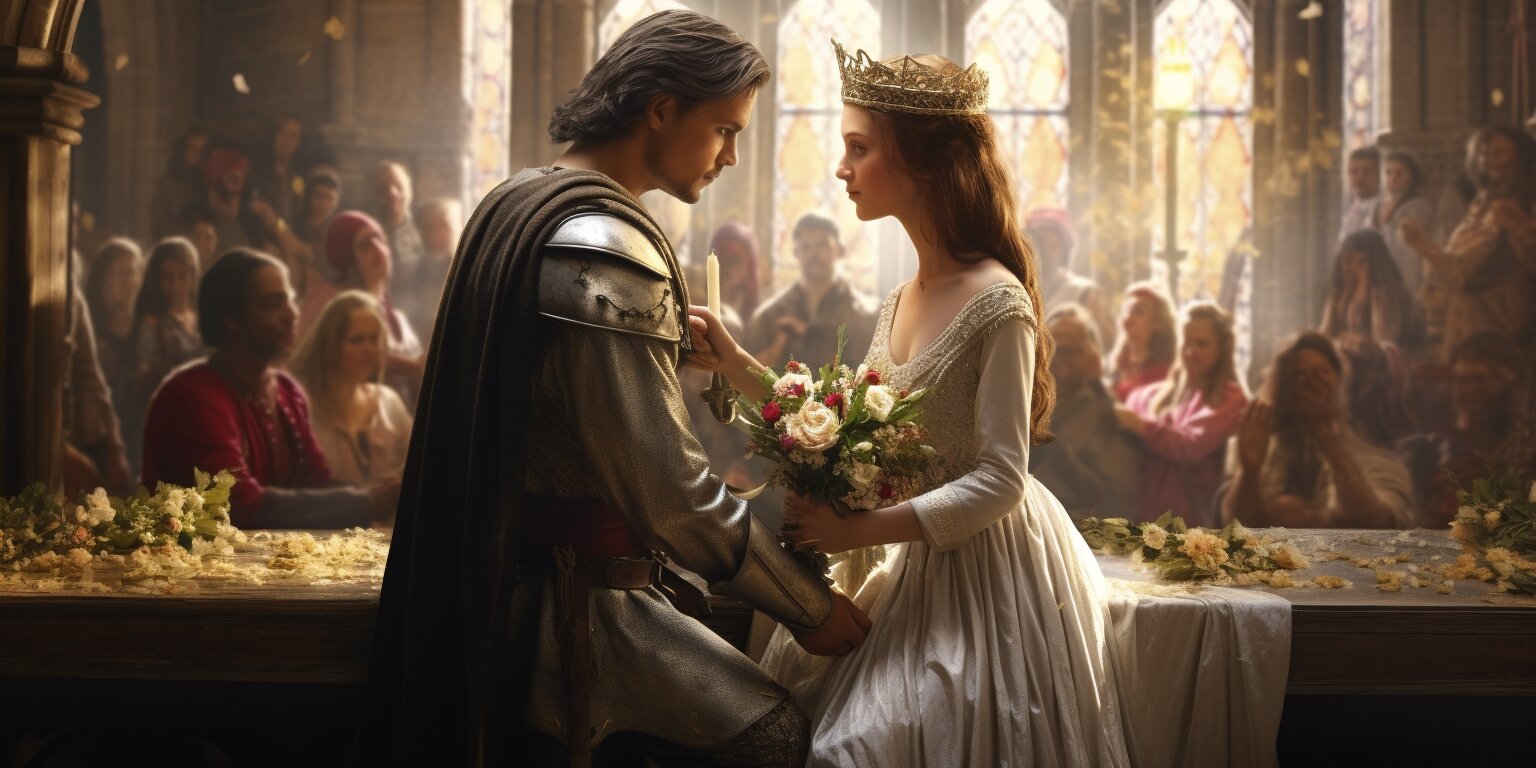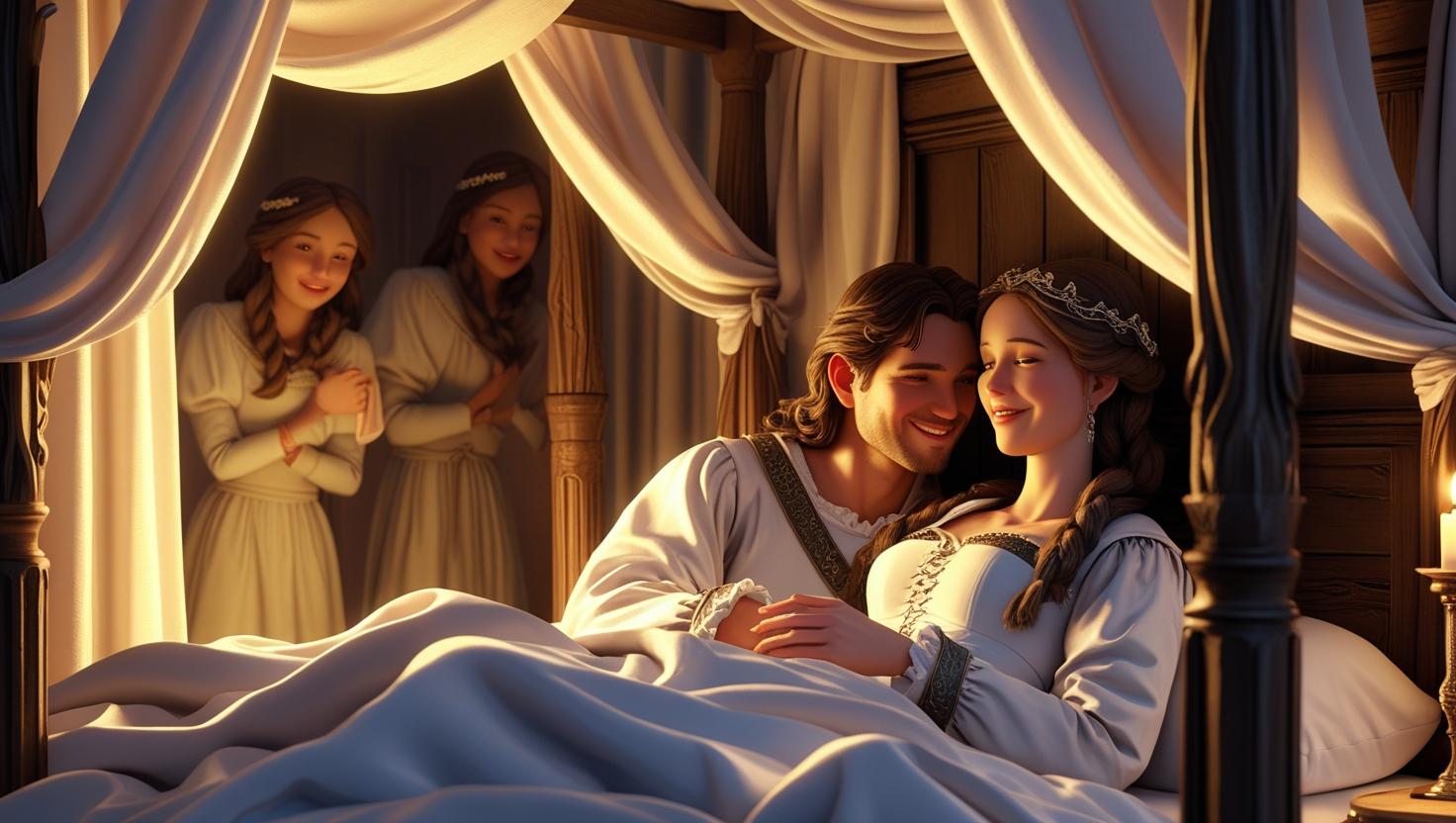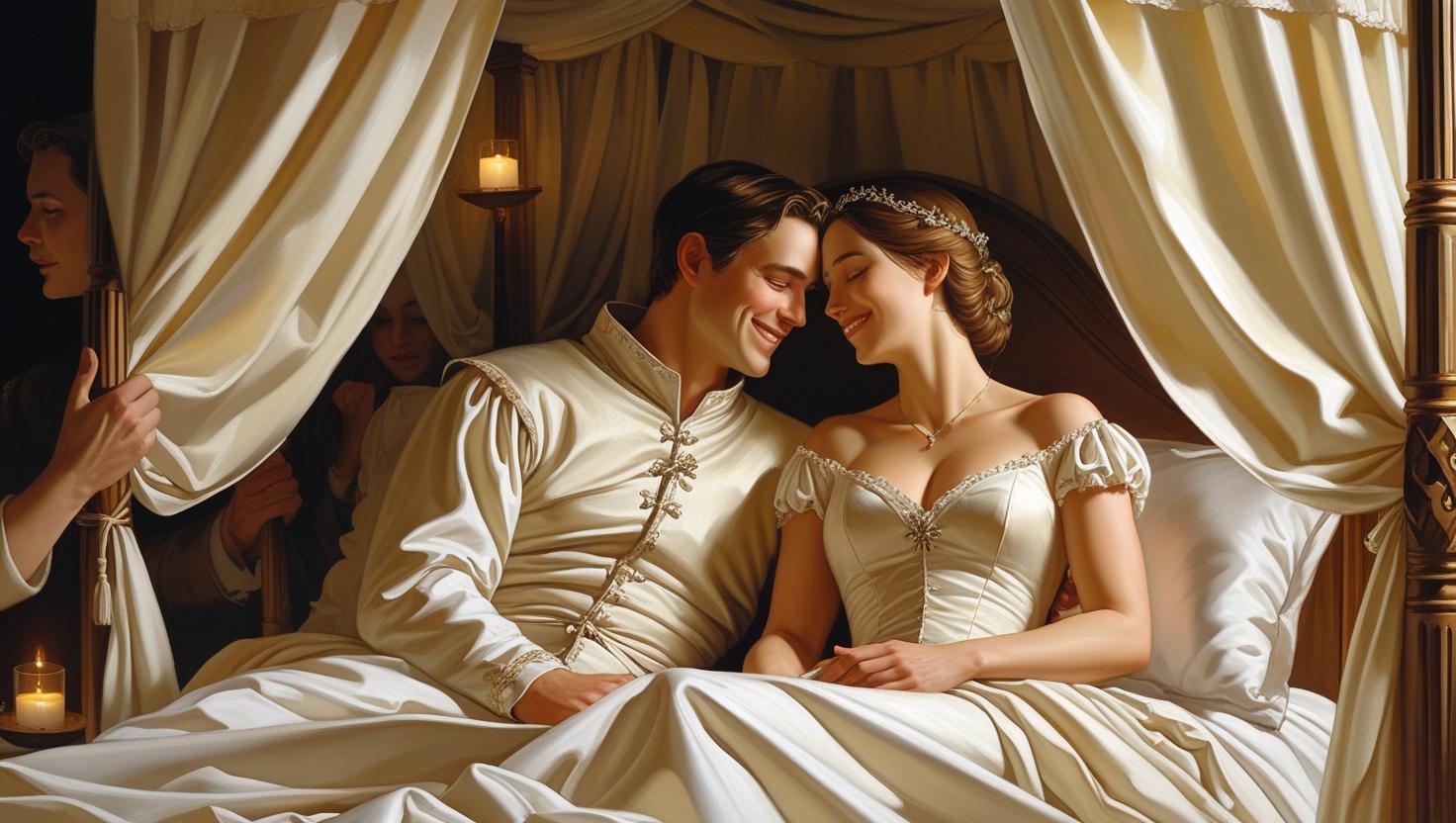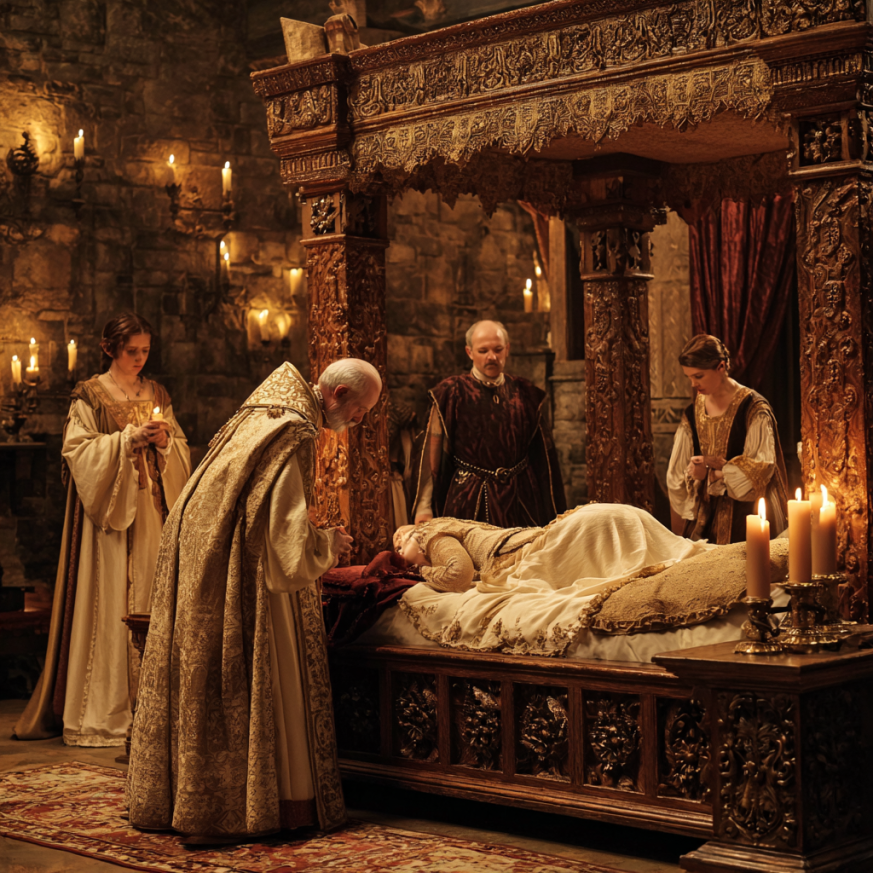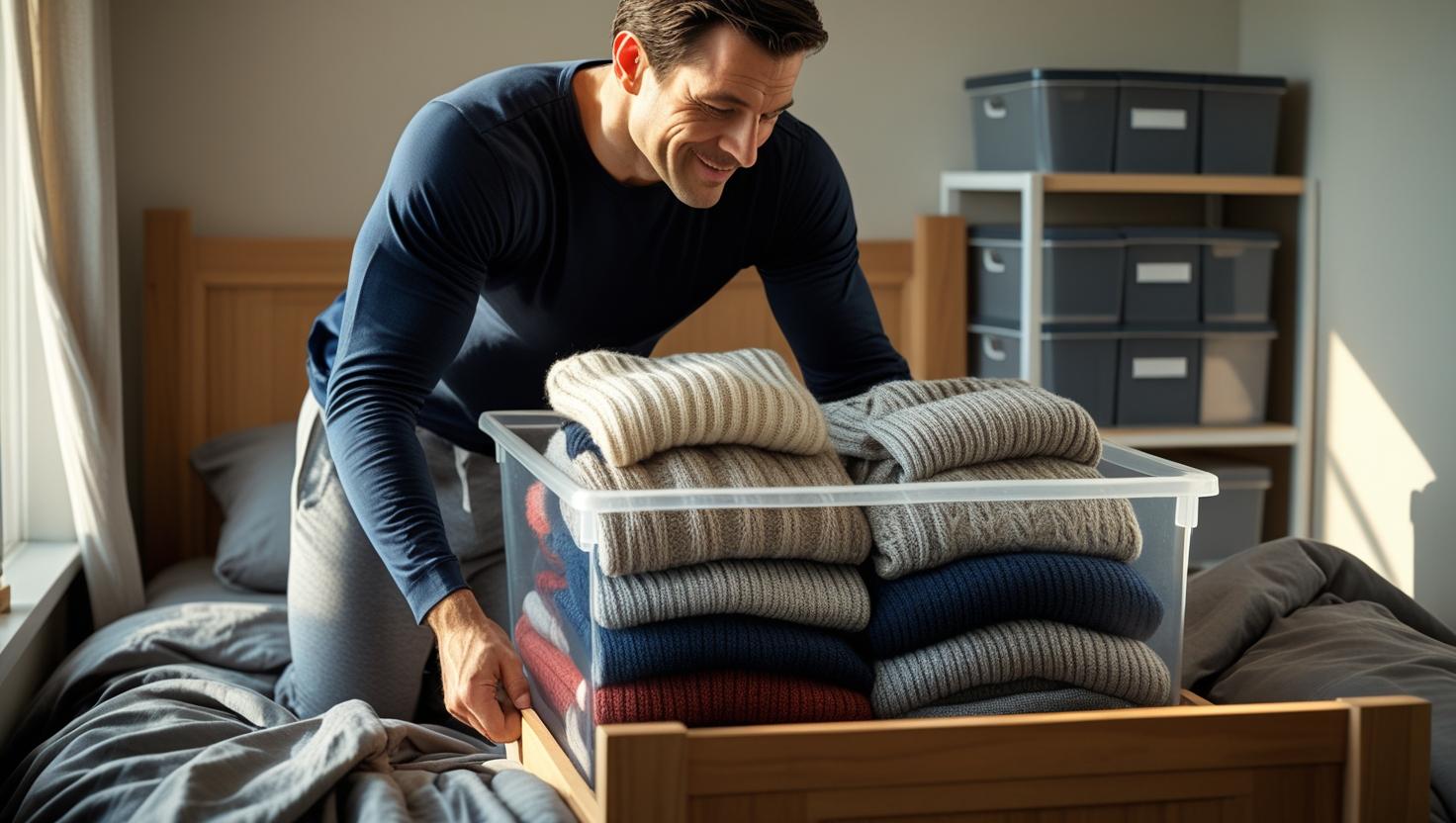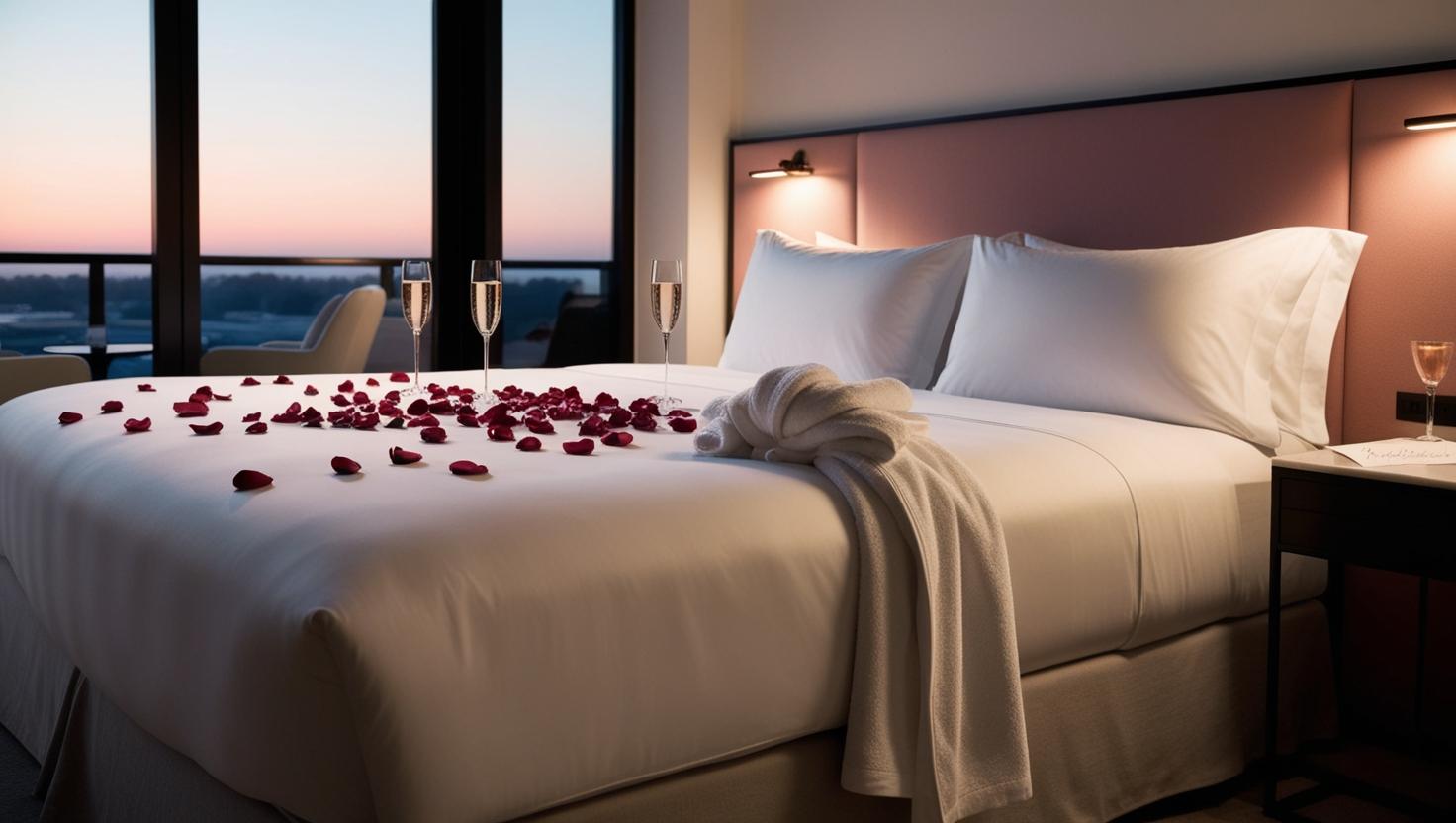Best Bedding Material for Hot Sleepers
The best bedding material for hot sleepers keeps you cool, wicks away moisture, and promotes airflow for a more restful night’s sleep. Choosing the right fabric is crucial, as it affects temperature regulation, comfort, and overall sleep quality. Hot sleepers often struggle with night sweats and heat retention, and using the wrong bedding material can make this worse. Natural fibers like bamboo and cotton offer breathability and moisture-wicking properties, while advanced options like Tencel provide a smooth, eco-friendly alternative. Understanding the benefits of each material can help you build a sleep setup tailored to your needs, ensuring that you wake up refreshed instead of overheated.
Key Takeaways
- Choose breathable materials like bamboo, linen, or organic cotton to regulate temperature and improve airflow.
- Moisture-wicking fabrics help reduce night sweats and ensure a cooler sleeping surface throughout the night.
- Pairing the right bedding with a cooling mattress or lightweight comforter enhances overall sleep quality and health.
Why Bedding Material Matters for Hot Sleepers
Finding the best bedding material for hot sleepers can make the difference between tossing and turning or sleeping soundly through the night.
Natural, breathable fabrics like cotton and bamboo are ideal because they allow air circulation and wick away moisture. Synthetic fabrics, on the other hand, can trap heat and cause discomfort.
Your body temperature naturally fluctuates throughout the night, and bedding that doesn’t allow heat to dissipate can cause overheating. Hot sleepers often benefit from bedding sets that balance softness with ventilation. For example, percale cotton sheets have a crisp weave that enhances airflow compared to sateen weaves, which tend to feel heavier and warmer. Bamboo bedding is another popular choice due to its natural cooling abilities and silky finish. Pairing these materials with lightweight, breathable comforters and pillowcases can further elevate your sleep experience.

Top Cooling Bedding Materials
The following materials are highly recommended for hot sleepers due to their natural breathability, softness, and moisture control:
- Bamboo: Naturally cool and hypoallergenic, bamboo sheets are known for their silky texture and temperature regulation. They also resist odors and remain soft after multiple washes.
- Linen: Offers superior airflow and durability, making it perfect for warm climates. Linen also has a casual, airy feel and becomes softer over time.
- Organic Cotton: Lightweight and breathable, cotton is a classic choice for hot sleepers. Organic cotton is free from harsh chemicals, making it skin-friendly.
- Tencel (Lyocell): Made from wood pulp, Tencel has excellent moisture-wicking properties and a smooth, cool-to-the-touch finish.
- Silk: Smooth and naturally temperature-regulating, though slightly less breathable than linen. It’s ideal for luxury sleepers seeking elegance.
Each material has unique strengths. Bamboo excels in moisture management, linen provides a rustic and ultra-cool feel, and Tencel is eco-friendly and ideal for sensitive skin. Silk, while luxurious, may require more delicate care, but its natural temperature control can still benefit hot sleepers.

Eco-Friendly vs Conventional Bedding
One of the most important considerations when choosing bedding is whether to opt for eco-friendly or conventional materials. For hot sleepers, the difference can be significant—not just for comfort, but also for health and sustainability.
- Eco-Friendly Bedding: Includes bamboo, organic cotton, and Tencel. These fabrics are produced with fewer chemicals, have lower water footprints, and often carry certifications like OEKO-TEX or GOTS. They naturally regulate temperature and wick moisture, making them excellent for night sweat prevention.
- Conventional Bedding: Typically made from standard cotton or synthetic blends like polyester. While affordable, they often trap heat, are less breathable, and may contain chemical treatments that irritate sensitive skin.
Eco-friendly bedding not only benefits the environment by reducing waste and emissions but also ensures a healthier sleep surface. For hot sleepers, sustainable options usually outperform conventional bedding when it comes to breathability and cooling comfort.
Best Bedding Sets for Hot Sleepers
Below are some of the top-rated bedding sets made from the best bedding materials for hot sleepers. These sets have been praised for their cooling properties, durability, and soft textures. They are designed to keep you comfortable, even during warm summer nights or if you live in a hot climate. Combining sheets, pillowcases, and duvet covers made from these fabrics creates a complete cooling environment for restful sleep.

| Bedding Material | Pros | Best For |
|---|---|---|
| Bamboo | Soft, breathable, and moisture-wicking | Hot sleepers prone to sweating |
| Linen | Highly durable and naturally cooling | Warm climates and summer months |
| Organic Cotton | Lightweight and breathable | Everyday comfort and versatility |
| Tencel (Lyocell) | Eco-friendly and moisture-absorbent | Environment-conscious hot sleepers |
| Silk | Luxurious and temperature-regulating | Luxury bedding for warm sleepers |
Pro Tips for Staying Cool
Pairing the best bedding material for hot sleepers with the right sleep accessories can further enhance your comfort. Consider using a breathable mattress protector, cooling pillows, and a lightweight summer comforter to complete your setup. These additions work together with breathable bedding to reduce heat build-up and night sweats.
For expert recommendations, check:
- Sleep Foundation: Best Cooling Sheets
- Parachute Home: Pick Bed Sheets Based on How You Sleep
- Ethical Bedding: Best Cooling Sheets
- Architectural Digest: Best Cooling Sheet Sets
Washing your bedding frequently can also make a difference. Natural fibers like cotton and bamboo retain freshness and softness after washes, unlike synthetic blends that may trap oils and odors. Consider rotating between two or three sets of breathable bedding so you can always enjoy a cool, fresh set on your bed.
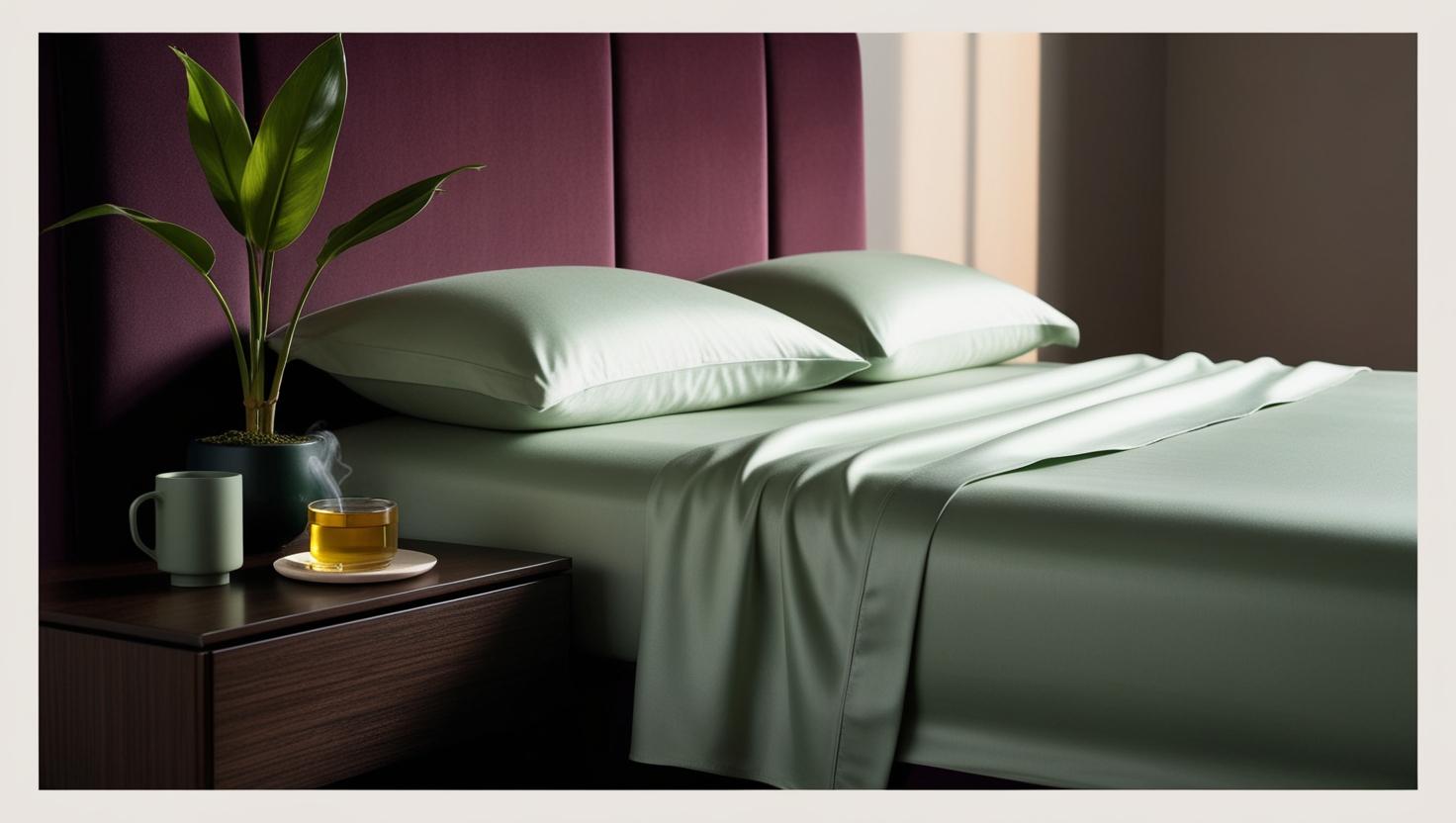
How to Choose the Best Bedding Material for Hot Sleepers
When choosing bedding, focus on factors like thread count, fabric weave, and material blend. Lower thread counts in breathable fabrics (like 200–400 for cotton) allow better airflow, while percale weaves offer a crisp, cool feel. Avoid overly high thread counts, as they can trap heat and reduce airflow, making them less suitable for hot sleepers.
If you tend to sweat heavily, opt for moisture-wicking materials like bamboo or Tencel, which draw moisture away from the skin. Linen, while slightly rougher at first, softens over time and offers unmatched breathability. Additionally, consider investing in bedding that is OEKO-TEX certified to ensure it’s free from harmful chemicals, especially if you have sensitive skin or allergies.
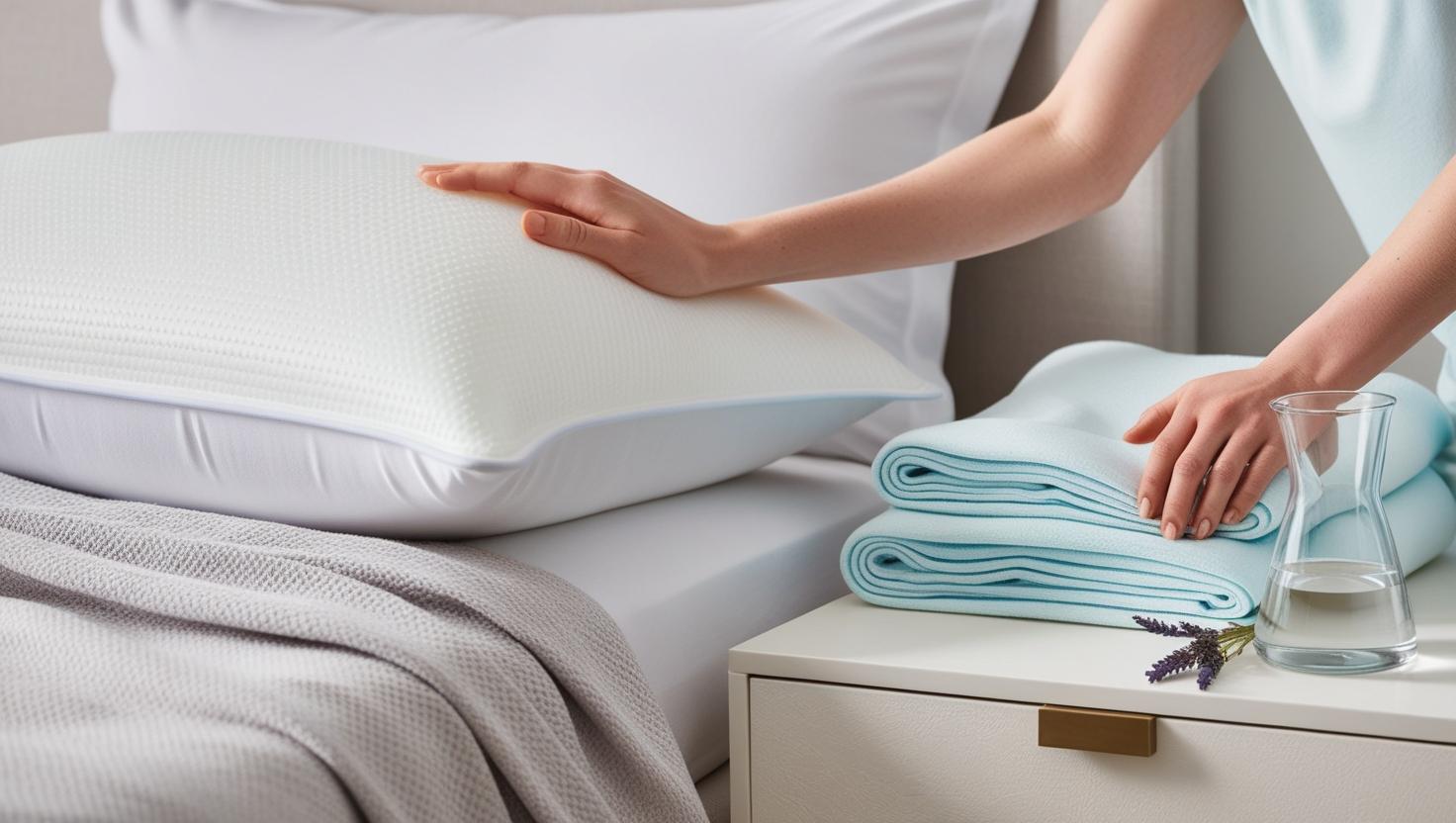
Final Thoughts
Selecting the best bedding material for hot sleepers ensures cooler, more comfortable nights. Bamboo, linen, and organic cotton are excellent choices to enhance breathability and reduce night sweats. At Cozy Bed Quarters, we believe that investing in a high-quality set of cooling sheets is not just about comfort but also about improving overall sleep quality and well-being.
FAQ
- What is the best bedding material for hot sleepers?
- Bamboo and linen are top choices due to their breathability and moisture-wicking properties. Cotton is also excellent for everyday use.
- Does thread count affect heat retention?
- Yes, lower thread counts (200–400) allow better airflow and prevent heat trapping compared to higher thread counts.
- Which bedding material is the most breathable?
- Linen is considered the most breathable due to its loose weave and natural fibers, though bamboo is a close second with added softness.
Learn more in our mattress firmness guide for king beds and our best king mattress comfort & support overview.

Related Reading



